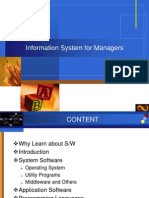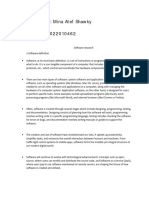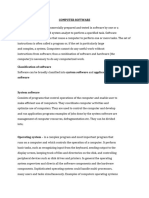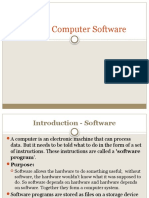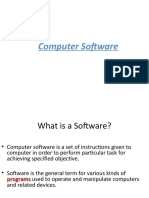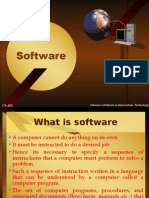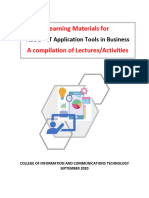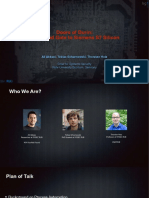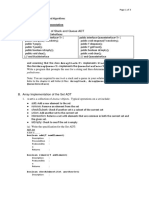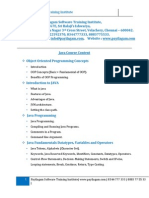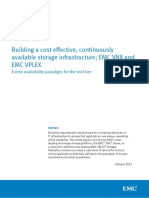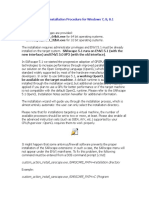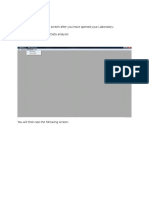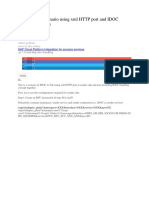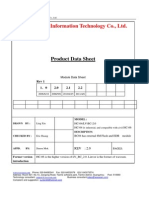0% found this document useful (0 votes)
7 views45 pagesComputer Science. Lecture 25
The document provides an overview of computer languages, system architectures, and types of software. It discusses client-server computing, cloud computing, and the distinctions between system software, application software, and programming tools. Key concepts include network types (LAN and WAN), operating systems, and the advantages of Linux over Windows.
Uploaded by
tahirCopyright
© © All Rights Reserved
We take content rights seriously. If you suspect this is your content, claim it here.
Available Formats
Download as PDF, TXT or read online on Scribd
0% found this document useful (0 votes)
7 views45 pagesComputer Science. Lecture 25
The document provides an overview of computer languages, system architectures, and types of software. It discusses client-server computing, cloud computing, and the distinctions between system software, application software, and programming tools. Key concepts include network types (LAN and WAN), operating systems, and the advantages of Linux over Windows.
Uploaded by
tahirCopyright
© © All Rights Reserved
We take content rights seriously. If you suspect this is your content, claim it here.
Available Formats
Download as PDF, TXT or read online on Scribd
/ 45






